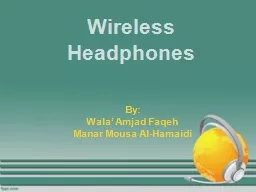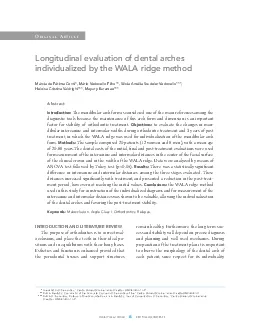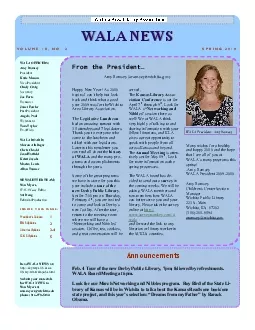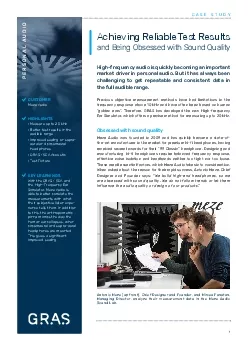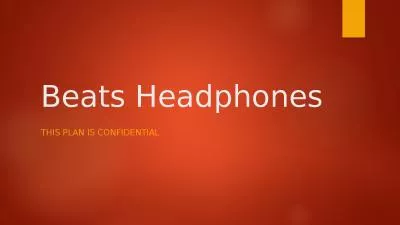PPT-Wireless Headphones By: Wala’
Author : pamella-moone | Published Date : 2018-11-02
Amjad Faqeh Manar Mousa Al Hamaidi Outlines Introduction Large number of people use headphone Comfortable use is needed Long distance far from the source is required
Presentation Embed Code
Download Presentation
Download Presentation The PPT/PDF document "Wireless Headphones By: Wala’" is the property of its rightful owner. Permission is granted to download and print the materials on this website for personal, non-commercial use only, and to display it on your personal computer provided you do not modify the materials and that you retain all copyright notices contained in the materials. By downloading content from our website, you accept the terms of this agreement.
Wireless Headphones By: Wala’: Transcript
Download Rules Of Document
"Wireless Headphones By: Wala’"The content belongs to its owner. You may download and print it for personal use, without modification, and keep all copyright notices. By downloading, you agree to these terms.
Related Documents

